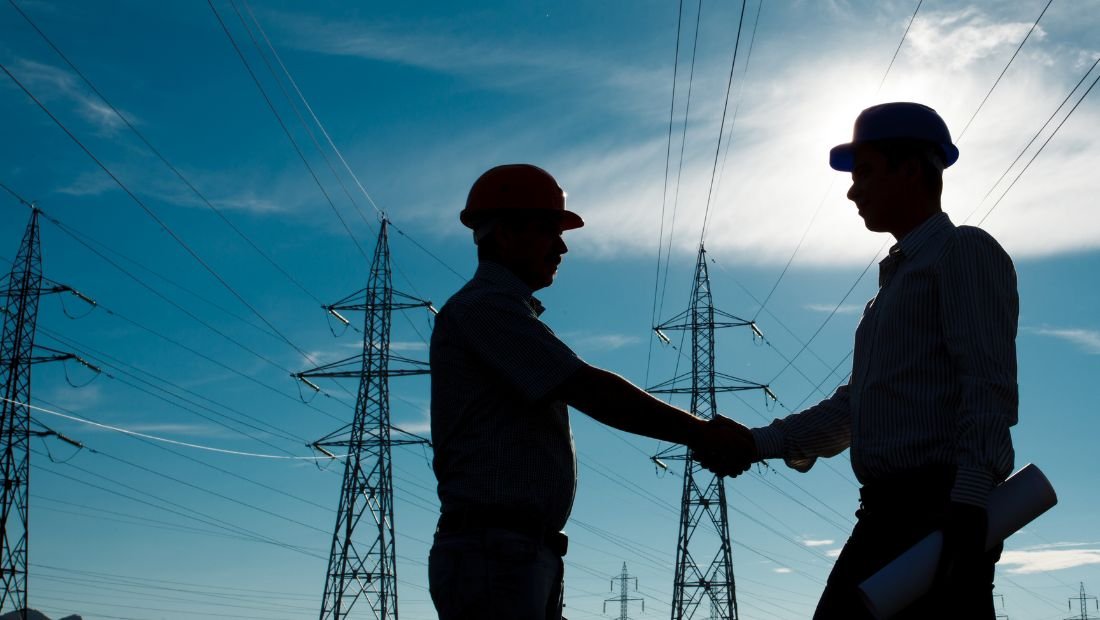
News Today: Sri Lanka renewable electricity generation June 2025 reaches record 72%
Sri Lanka has proudly achieved a landmark in its renewable energy journey, as the Ceylon Electricity Board (CEB) announced that 72% of the country’s electricity generation in June 2025 came from renewable sources. This is the highest monthly share since the early 1990s and marks a powerful statement of the nation’s commitment to a sustainable future.
June traditionally records one of the highest electricity demands of the year. Meeting this demand largely through clean energy highlights not only the resilience but also the growing capacity and diversification of Sri Lanka’s renewable energy infrastructure.
In the early 1990s, nearly all electricity in Sri Lanka was produced from large-scale hydropower plants. However, as energy consumption grew and seasonal rainfall patterns became less predictable, the nation gradually shifted toward a mixed system combining hydro and thermal power. This recent achievement of a 72% renewable share signals a significant return to clean energy leadership, powered by modern renewable technologies rather than relying solely on hydropower.
CEB officials attribute this progress to strategic government policies, substantial investments in solar, wind, and small hydro projects, and better grid integration across regions. Upgraded transmission systems and digital monitoring have also enabled smoother balancing of intermittent renewable sources.
This milestone underscores Sri Lanka’s broader strategy to reduce dependence on imported fossil fuels, cut carbon emissions, and align with global climate commitments. The government aims to further increase the renewable share in the coming years, making electricity production more sustainable, cost-effective, and environmentally friendly.
Sri Lanka’s renewable journey is now inspiring other nations aiming to boost clean energy production without compromising on reliability. As the island moves closer to its long-term targets, June 2025 will be remembered as a turning point in the nation’s modern energy history.




Leave A Comment